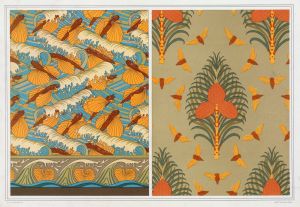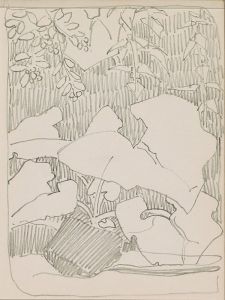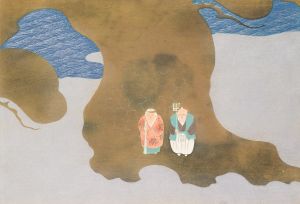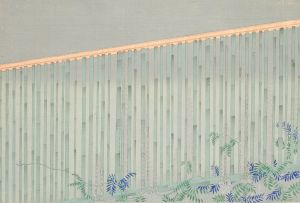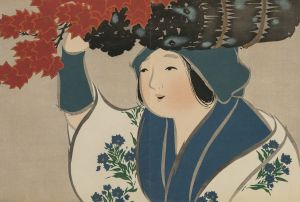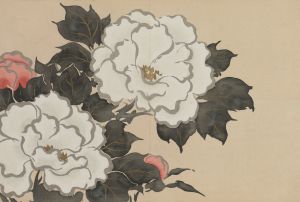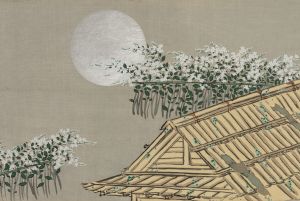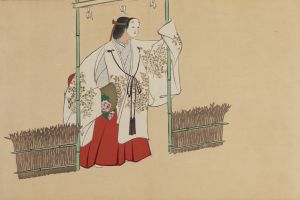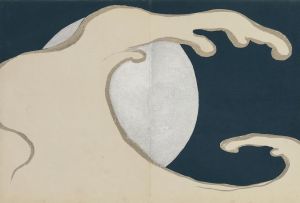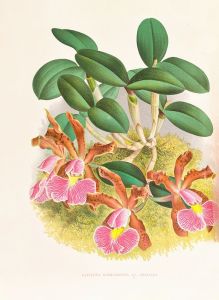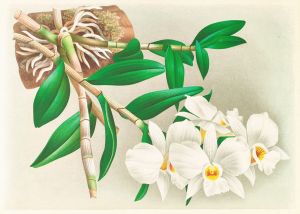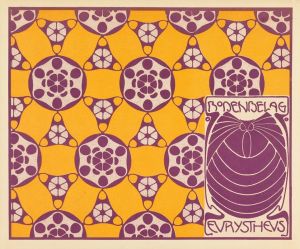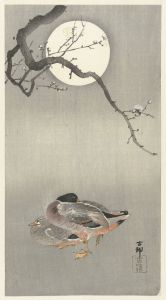
Ivy
A hand-painted replica of Kamisaka Sekka’s masterpiece Ivy, meticulously crafted by professional artists to capture the true essence of the original. Each piece is created with museum-quality canvas and rare mineral pigments, carefully painted by experienced artists with delicate brushstrokes and rich, layered colors to perfectly recreate the texture of the original artwork. Unlike machine-printed reproductions, this hand-painted version brings the painting to life, infused with the artist’s emotions and skill in every stroke. Whether for personal collection or home decoration, it instantly elevates the artistic atmosphere of any space.
Kamisaka Sekka (1866–1942) was a prominent Japanese artist and designer, widely regarded as one of the last great masters of the Rinpa school, a historical artistic movement in Japan. His works are celebrated for their innovative blending of traditional Japanese aesthetics with modern influences, particularly from Western art and design. Among his many creations, the artwork titled Ivy exemplifies his mastery of design and his ability to reinterpret classical Japanese motifs in a contemporary context.
The piece Ivy is part of Sekka's broader exploration of nature-inspired themes, a hallmark of the Rinpa school. The Rinpa tradition often emphasized the beauty of natural elements, such as plants, flowers, and landscapes, rendered in a highly decorative and stylized manner. Sekka, however, infused this traditional approach with a modern sensibility, incorporating bold compositions, simplified forms, and vibrant colors that reflected his exposure to Western Art Nouveau and Japonisme movements.
In Ivy, Sekka employs a minimalist yet striking composition, focusing on the flowing lines and organic shapes of the ivy plant. The artwork demonstrates his skill in creating a sense of rhythm and movement, as the ivy's tendrils seem to cascade across the surface with a dynamic elegance. The use of negative space is also notable, as it enhances the visual impact of the design and draws attention to the intricate details of the plant. This approach aligns with the Japanese aesthetic principle of "ma," or the beauty of empty space, which is a recurring element in traditional Japanese art.
Sekka's work, including Ivy, was often created as part of design books or series intended to inspire artisans and craftsmen. These collections served as references for applying traditional Japanese motifs to various forms of decorative arts, such as textiles, ceramics, and lacquerware. By producing such works, Sekka played a crucial role in preserving and revitalizing Japanese artistic traditions during a period of rapid modernization and cultural exchange in the late 19th and early 20th centuries.
While specific details about the creation date or medium of Ivy may not be readily available, the artwork remains an enduring example of Kamisaka Sekka's ability to harmonize tradition and innovation. His contributions to Japanese art and design continue to be celebrated, and his works are featured in museum collections and exhibitions worldwide, highlighting his lasting influence on both Japanese and global art history.





